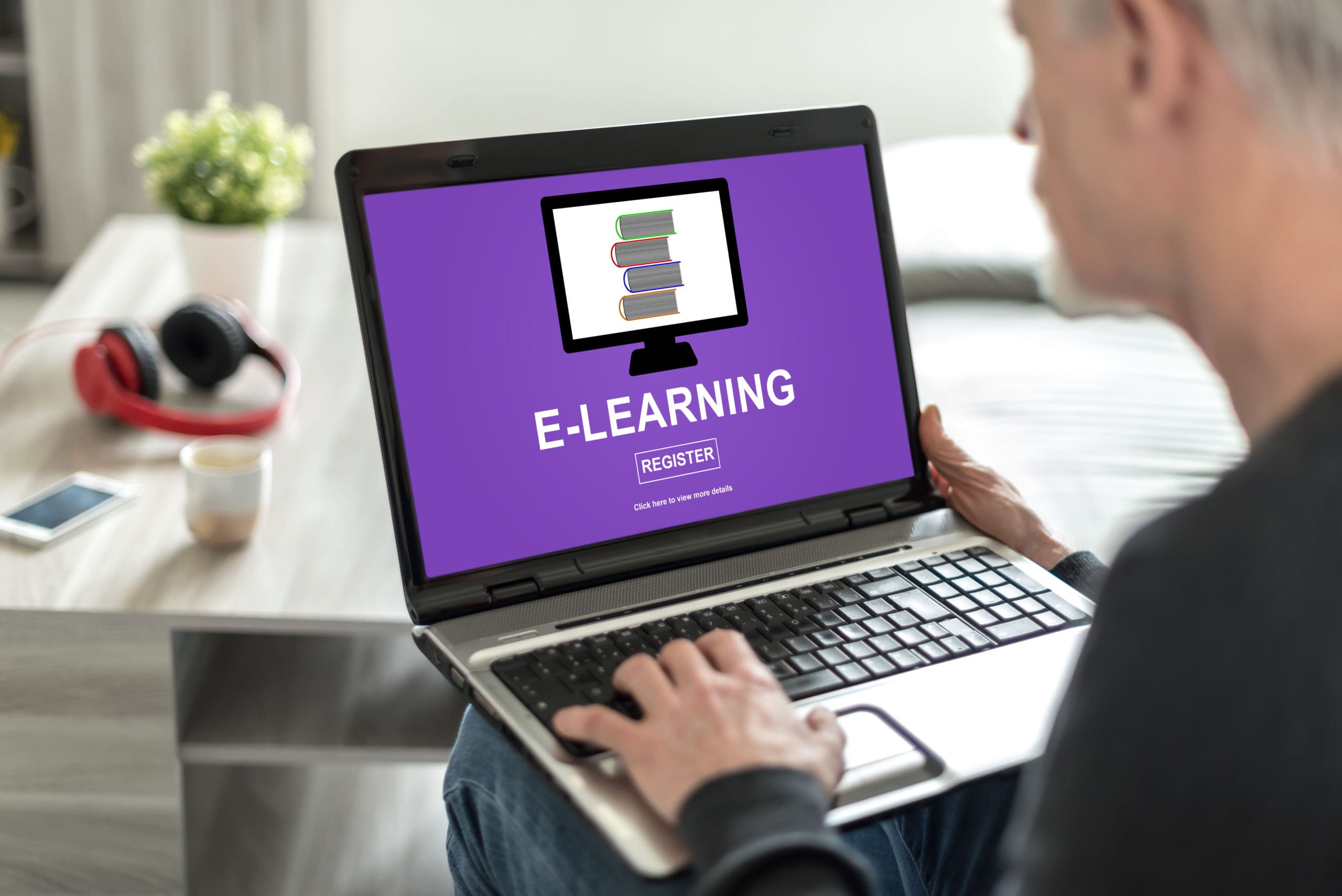Remote classes and meetings seem to be the norm on campus these days during the coronavirus pandemic, but what about remote emergency preparedness training? Although COVID-19 response and recovery will continue to be a priority for quite some time, other emergency preparedness mitigation and preparedness activities should knot be ignored. So, why not go remote with training?
As most faculty and staff continue to work from home over the summer, and coupled with social distancing guidance, it only makes sense that emergency preparedness classes are offered remotely. Furthermore, it seems that those working from home may have a greater opportunity to take such classes without being on campus with typical duties and responsibilities.
So, what should be considered for remote emergency preparedness classes? Well, perhaps the obvious – classes that support COVID-19 response, including classes on protective personnel equipment (PPE), social distancing guidance, coronavirus symptoms, contact tracing, etc. Another great training opportunity would be continuity of operations planning. This class would not only provide real-time guidance but could be put into action immediately with ongoing and timely lessons learned.
Classes already developed for past face-to-face classes can easily be adapted for remote formats. Classes like Civilian Response to Active Shooter Events (CRASE), weather hazards, radio basics, Until Help Arrives and many others can be tweaked and ready with very little effort.
Other classes may be a little more challenging. Classes such as Stop the Bleed and some of the Campus Emergency Response Training (CERT) sessions may require hands-on demonstrations and practical experience. These classes can meet online but would miss the extra training, like how to place a chest seal, put on a tourniquet, putting pressure on a wound or learning the proper way of leveraging and cribbing. So, plan classes accordingly that still meet the preparedness effort and maybe schedule the hands on portion at a later date when everyone can meet. Including videos may help overcome some of the hands-on needs.
[promo_content slug=”altizer-csos-2020-promo”]
Finding a platform to conduct these classes is simple. Today’s technology offers several options to conduct these classes, such as Microsoft Teams, Zoom, Skype, WebEx and many others. Instructors may need a quick training class on the platform available. Also, consider:
- Rehearsing your class to get a better understanding on how everything work, especially when including slides;
- Conducting a sound test!
- Having a second person available answering questions using the chat feature, or even stimulating the discussion.
- Knowing how to best leverage the remote platform (know how to mute the particpants….and yourself).
Also, consider remote tabletop exercises. Such exercises may miss the benefits of enhanced coordination but may be just as effective when discussing scenarios and learning valuable lessons.
Many departments offer training that must be recorded for program needs. Taking attendance can be a challenge with larger groups. Ensuring that correct names are recorded may be an additional challenge for training records and completion certificates. Again, having a second person assisting with the class can be very helpful.
Remote training will show the campus that you are capable of providing training during stressful and busy times. It will also demonstrate that you’re looking beyond the current emergency, and that you care enough about the campus community to continue to offer training that will aid them now and in the future. Remote training is worth the extra effort and will likely be part of future training approaches well beyond COVID-19.
Andy Altizer is director of emergency management and Mike Guerrero is the emergency management coordinator at Kennesaw State University.







